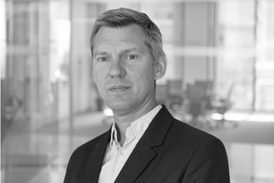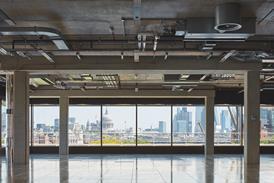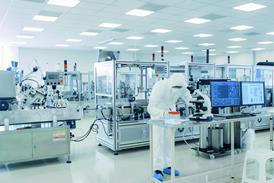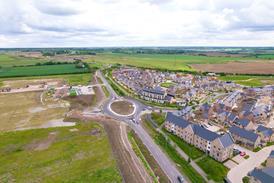- News
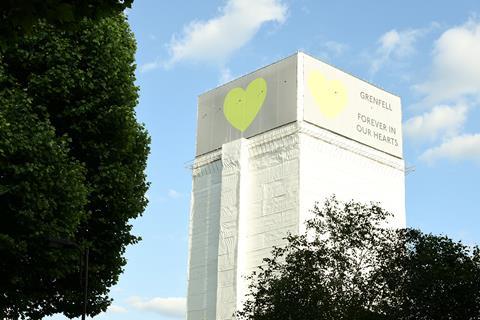
All the latest updates on building safety reformRegulations latest
- Focus
- Home
- News
- Focus
- Comment
- Events
- CPD
- Building the Future
- Jobs
- Data
- Subscribe
- Building Boardroom
Designed to change the world: Inside Oxford University’s new £200m Life and Mind Building
By Thomas Lane2025-11-14T06:00:00

This research facility brings together experimental psychology and biology departments to address challenges including climate change, mental health, food security and AI. Thomas Lane reports
What do the 3XN-designed New Sydney Fish Market in Australia, Foster + Partners Techno International Airport outside Phnom Penh and NBBJ’s new Life and Mind Building in Oxford have in common? They were all named among the 11 architecture projects set to shape the world in 2025 by US news channel CNN.
The first is designed to give visitors a multi-sensory fish market experience, the second – one of South-east Asia’s largest airports – will put Cambodia firmly on the map and the third seeks to tackle major challenges of life and mind. The Life and Mind Building (LaMB) brings together the departments of experimental psychology and biology and will also house the Ineos Oxford Institute for antimicrobial research.
Already registered? Login here
To continue enjoying Building.co.uk, sign up for free guest access
Existing subscriber? LOGIN
Stay at the forefront of thought leadership with news and analysis from award-winning journalists. Enjoy company features, CEO interviews, architectural reviews, technical project know-how and the latest innovations.
- Limited access to building.co.uk
- Breaking industry news as it happens
- Breaking, daily and weekly e-newsletters
Get your free guest access SIGN UP TODAY

Subscribe now for unlimited access
Subscribe to Building today and you will benefit from:
- Unlimited access to all stories including expert analysis and comment from industry leaders
- Our league tables, cost models and economics data
- Our online archive of over 10,000 articles
- Building magazine digital editions
- Building magazine print editions
- Printed/digital supplements
Subscribe now for unlimited access.
View our subscription options and join our community


